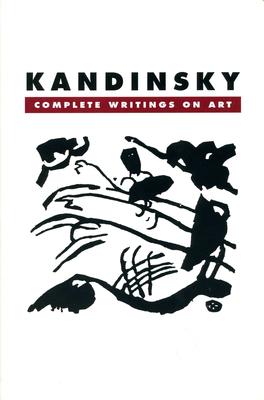
Kandinsky was nearly thirty before he bravely gave up an academic career in law for his true passion, painting. Though his art was marked by extraordinarily varied styles, Kandinsky sought a pure art throughout, one which would express the soul, or "inner necessity," of the artist. His uncompromising search for an art which would elicit a response to itself rather than to the object depicted resulted in the birth of nonobjective art-and in these writings, Kandinsky offered the first cogent explanation of his aims. His language was characterized by its desire for vivification, of the infusion of life into mundane things.
Considered as a whole, Kandinsky's writings exceed all expectations of what an artist should accomplish with words. Not only do his ideas and observations make us rethink the nature of art and the way it reflects the aspirations of his era, but they touch on matters vital to the situation of the human soul.
Kandinsky was nearly thirty before he bravely gave up an academic career in law for his true passion, painting. Though his art was marked by extraordinarily varied styles, Kandinsky sought a pure art throughout, one which would express the soul, or "inner necessity," of the artist. His uncompromising search for an art which would elicit a response to itself rather than to the object depicted resulted in the birth of nonobjective art-and in these writings, Kandinsky offered the first cogent explanation of his aims. His language was characterized by its desire for vivification, of the infusion of life into mundane things.
Considered as a whole, Kandinsky's writings exceed all expectations of what an artist should accomplish with words. Not only do his ideas and observations make us rethink the nature of art and the way it reflects the aspirations of his era, but they touch on matters vital to the situation of the human soul.
Paperback
$40.99